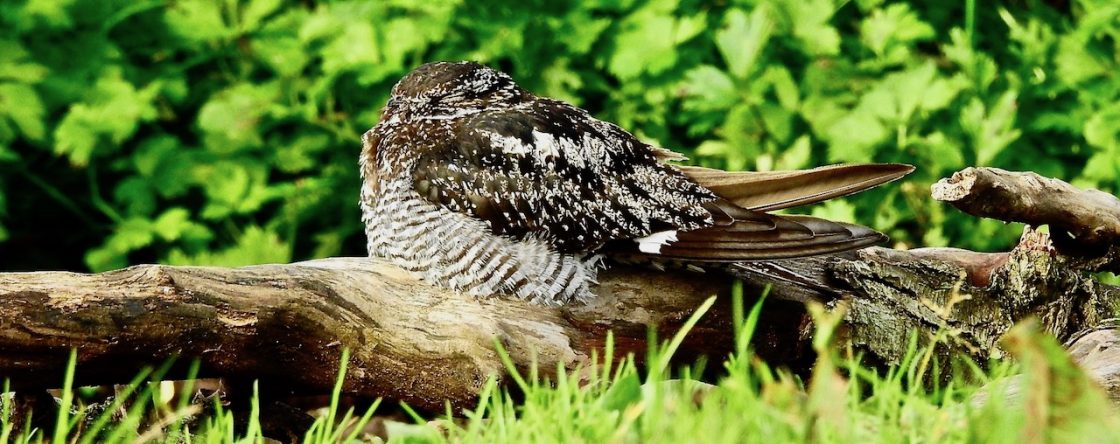
Bob Ross had overdone it with the flaming yellow and cobalt again as a cracking sunrise broke over Hull yesterday morning.
Perhaps not what you want to see with autumn passage in mind towards the end of an early a.m. dart east – cloud and drizzle is always better than blue skies and sun, but you can’t win ’em all.

I pulled up by the Canal Scrape at Spurn by 0715, where a Wood Sandpiper fed in the golden dawn, and the showiest Wryneck in Wryneck Town was still slurping ants at the side of the road, completely oblivious to human beings just a metre away.
The air rattled with camera shutters as most of the western world’s SIM cards filled with images and video – Wrynecks are often very approachable, but this one was off the scale confiding…


You can see some of my video clips on YouTube here, here and here.
Always a joy to visit Spurn, Yellow Wags called and there was a smattering of passing Siskins, and a few Pied Flys and Whinchats.
One or two Redstarts, a Greater ‘Pecker and Little Ringed Plover all got the migration juices flowing.

I met up with Neill Hunt and we walked down towards the Warren, where a typically skulky/lazy Barred Warbler played hide and seek before perching up amongst the Sea Buckthorn and Elder only to get the cold shoulder from local Dunnocks.
In the hard morning sun it shone white and looked heavy and swoopy in flight.

The Humber bustled with waders – Golden Plover, Grey Plover, Dunlin, Curlew Sands, Greenshank, Knot etc and a Marsh Harrier moved south down the peninsula, with a few Common Buzzards following an hour or so later.
A look at Kilnsea Wetlands revealed a snoozing Spoonbill and Greenshank, although the tide had fallen by the time we got up there so it was a fairly quiet time of the day.


Plenty of other birders lured east with Andy Bunting, Dave Bickerton and Jack Taylor, plus all the Spurn regulars putting shifts in. Heavy rain and strong south westerlies last night promised much but as the drizzle subsided and we emerged from Sandy Beaches today the place was a bit quiet.
The Wryneck was still in point blank situ hoovering up ants as we strolled by with Neill’s brother Barrie, yet there didn’t seem to be any new arrivals apart from himself.

A seawatch this morning revealed clumps of Common Scoter and Teal plus a few Pintail moving south, with just a handful of Gannets, an Arctic Skua and a single Red throated Diver.
A spritely Pied Flycatcher was on Beacon Lane and as it warmed up a few Swifts drifted north, and more Whinchats materialised, but I had to head home at lunchtime (always a bad feeling leaving Spurn early in the day) already looking forward to my next trip east.

Autumn is getting going.
Thanks to Neill and Barrie for their company as ever – and to the Crown and Anchor for the socially distanced but excellent hospitality!








































